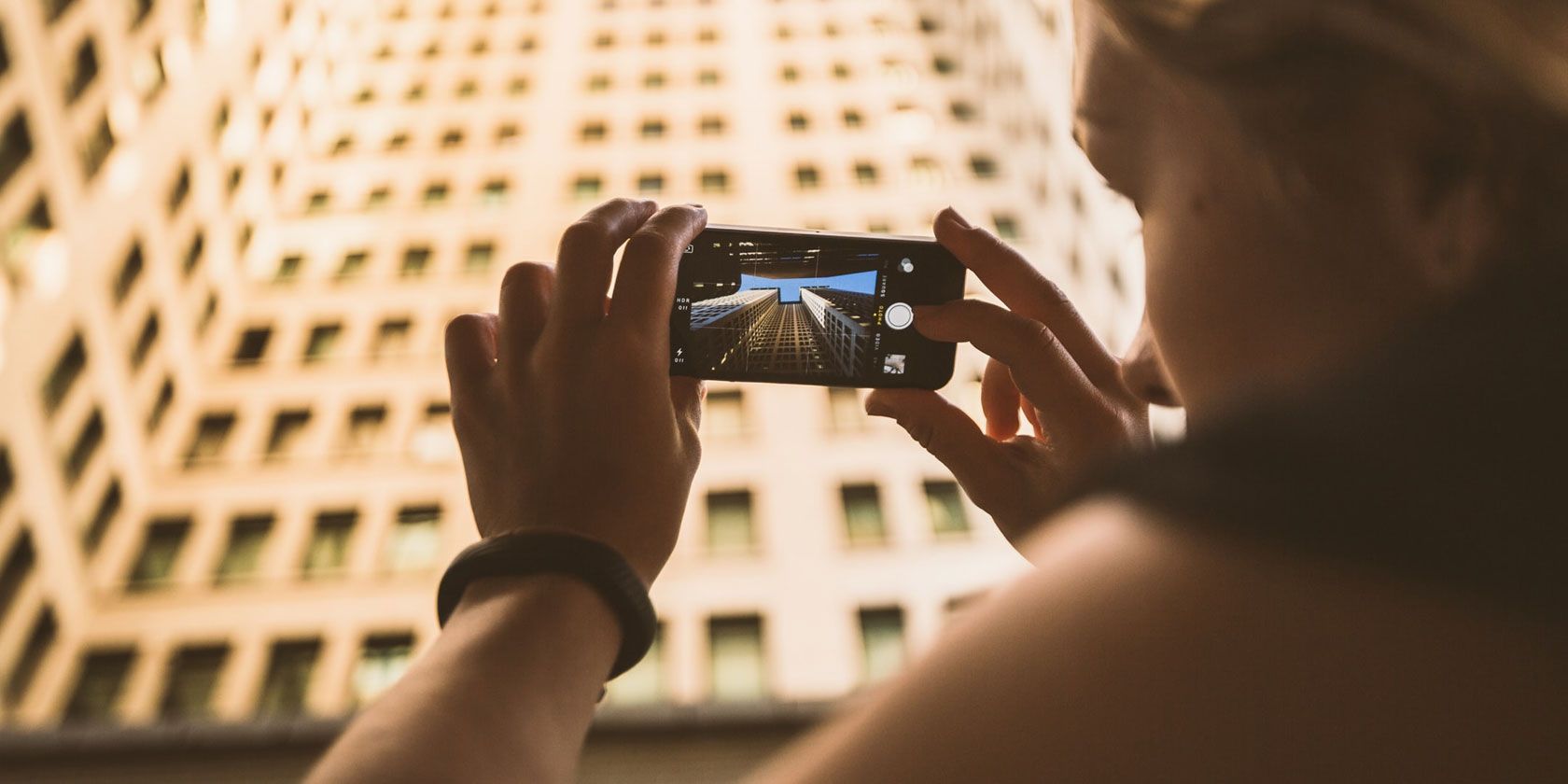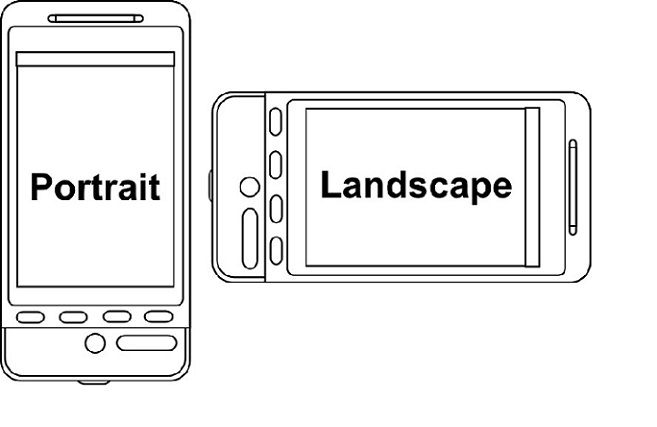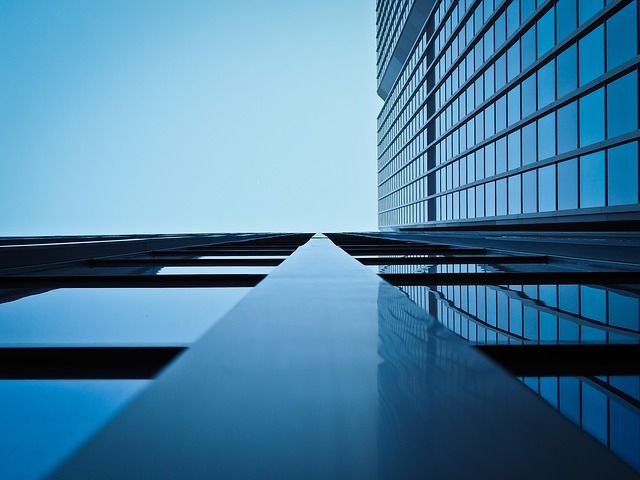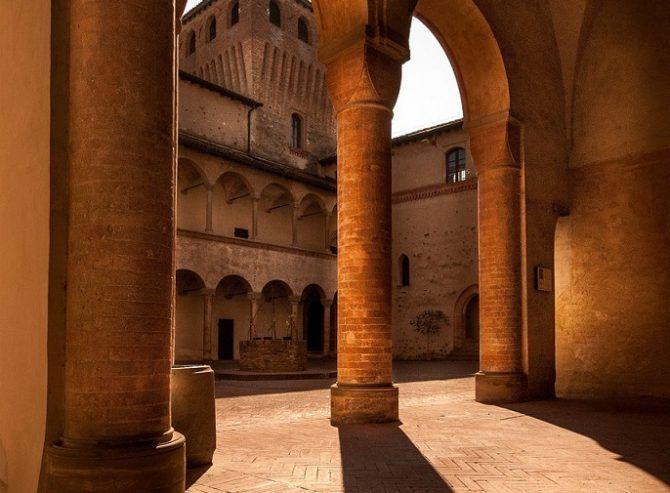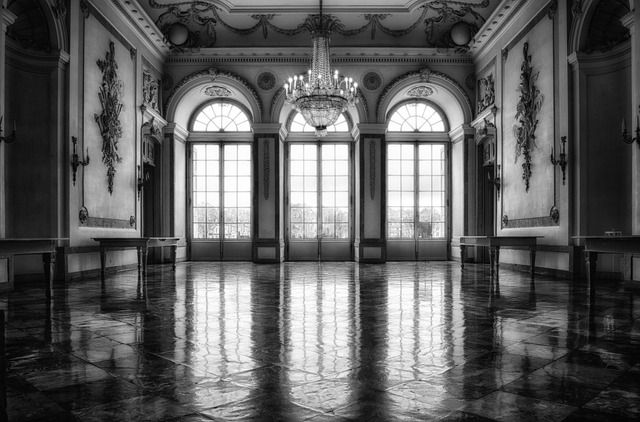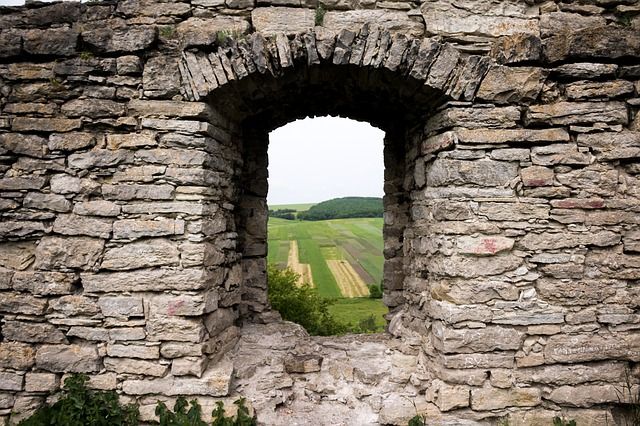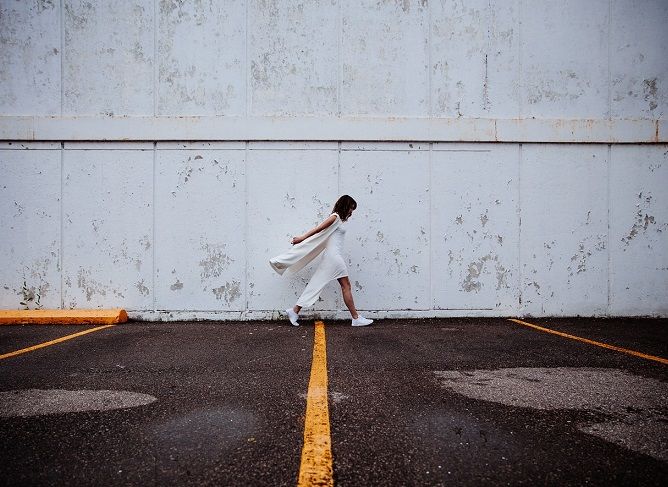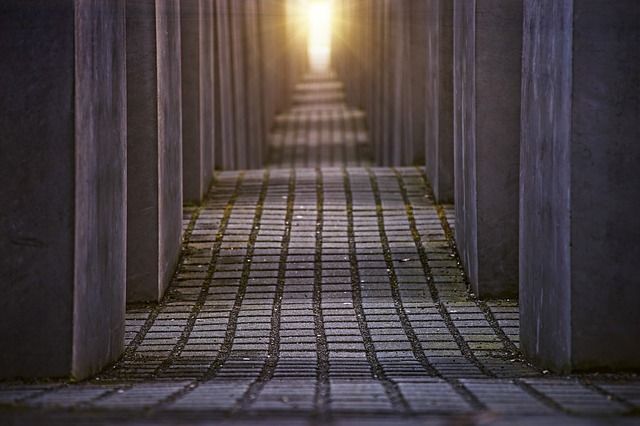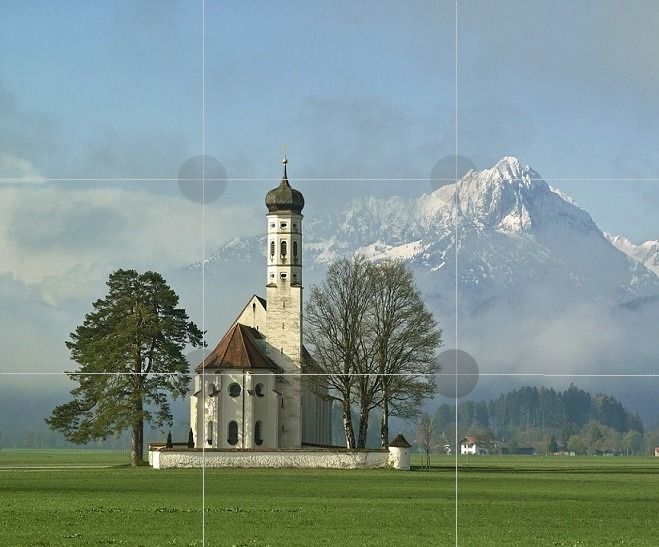Travel anywhere and you'll find that all destinations have some architectural marvels worth at least a camera shot. But if you don't have your camera with you, how do you capture great architecture photography with your phone?
We aren't discouraging you from using a DSLR or mirrorless camera, but carrying around a separate camera is heavy and not fun to do on vacation. Why carry all that weight when your smartphone camera can do a great job on its own?
Here are some practical tips to capture stunning architecture photography with your smartphone camera.
1. Select the Right Orientation
Landscape or portrait? That's the first question. With phone cameras, the right orientation can make all the difference between an average photo and a great one.
If you're trying to capture a faraway shot of a farmhouse, landscape mode can be a good choice. But if you're trying to capture a tall structure such as a windmill, portrait might be a better option.
The right orientation also depends on the platform where you're planning to publish the photo. For example, if you want it for your Facebook timeline, you'll need to click it in landscape mode.
2. Try Different Perspectives
The most common perspective is the human-eye view. You look at a building and straight-on click the photo of what you see.
Sometimes, a unique angle can help you take a better photo. For example, try looking from an ant's-eye view like in the photo above. For this, stand near the base of a building and look up. Click the photo of what an ant would see. You can decide how much sky to include in the pic.
Another perspective is the bird's-eye view. Click a photo while looking down from a high building.
3. Try Shooting at Different Times of the Day
Different photos of the same building can look poles apart depending on the time you took the pic. As the day progresses, the size and angle of its shadow will change and this will create a three-dimensional look. You need to find the right moment for the photos to look alive and you might have to wait for hours.
4. Step Inside the Building
Many of us limit ourselves to taking photos of the exterior of a building---but their interiors can provide some fine shots as well.
Focus on the windows. Since windows let the light in, you can get some amazing silhouette shots and create a dramatic effect.
To create a silhouette, your subject should be positioned in front of the window and you should click towards the light. If the image comes out dark, don't worry. You can use basic editing tools to add brightness to the photo later.
Try to avoid flash on your camera as it often gives dull and flattened images. Learn more about how to add depth to your photos.
5. Emphasize the Details
Close up photos can sometimes create unique magic that faraway photos cannot. If you look closely, you'll find several interesting features in any building.
It might be a carving on the door knocker. Or maybe a doorknob with a unique design. Stair railings can also provide you the right photography elements to zoom into.
You can also play with textures and patterns. Brick walls, frosted glass, rough concrete on the wall, or even peeling paint often add an interesting element to the photos.
6. Include Living Beings for Scale
Just the photos of buildings can become boring. You can add a human or a pet in the photo. This doesn't just give it liveliness but also provides scale.
When you want to draw the attention of the viewer at a particular point in the photograph, put a human there. It accentuates the focal point and helps you tell a story with your photos.
7. Look for Lines and Shapes
Look for vertical, diagonal, or horizontal lines. When you shoot these lines with your camera, they give the viewer's eyes a direction to follow and the audience will look at the photo for longer. Curved lines are pretty common in architecture and give a natural feel.
Same is with shapes. Interesting shapes in the building design can automatically lead the eyes from one part of the photo to another.
8. Take the Time to Frame Your Shots
Follow this basic rule of photography composition: keep the subject off-center in your frame. Most smartphone cameras come with a grid feature that can help with this kind of framing.
Why off center? It is because when the subject is in the middle, you instantly look at it and then your eye has nowhere else to go. But when the subject is close to an edge, you look at the other parts of the photo as well. You take in the complete story of the photo.
This is also called the rule of thirds in photography.
9. Add Some Variation
Remember to add variation in all photos. If you master one type of photo, don't limit yourself to that style. If you've taken a couple of zoomed-in pics, take some faraway shots as well. Similarly, mix up the perspectives in different photos.
10. Edit Your Photos Afterwards
Once you've taken a photo, it might need some processing like reducing the brightness, adding warmth, etc.
You'll find a number of photo editing apps on Apple App Store or Google Play Store. They need very little technical knowledge and are simple to use. Some options are Adobe Lightroom, Fotor, and PicMonkey.
Be Creative With Smartphone Photography
When clicking photos of architectural elements, think outside the box (or building, in this case). Remember, photography is all about being creative!
Make sure you have realistic expectations. Not all photographs can come out to be perfect so click a lot of them. As you experiment with the photos, you'll be able to get some decent and some professional quality clicks.
DSLR cameras may beat smartphone cameras in terms of picture quality, but you can still get striking results with your smartphone camera if you plan your photos well and get a little help from editing apps.

